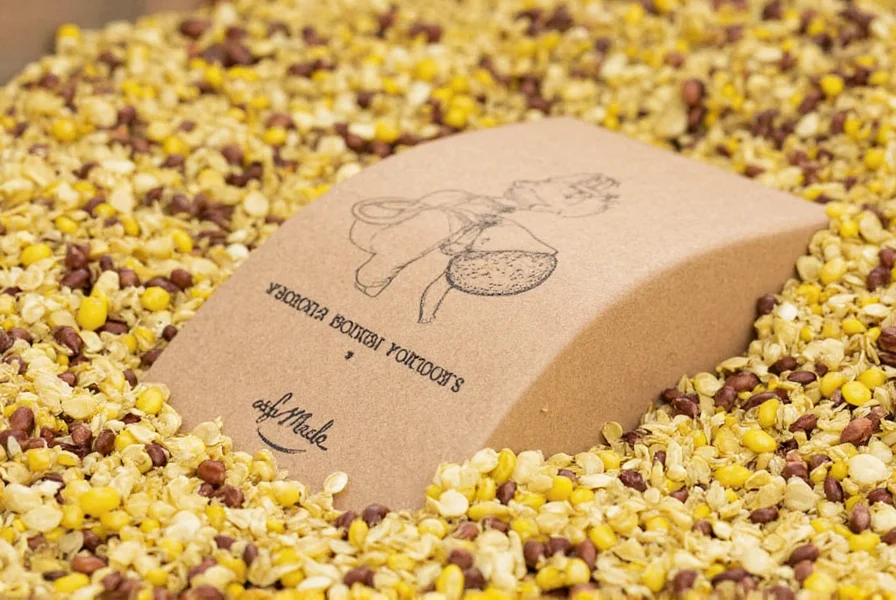Table of Contents
Introduction to Coriander Seeds (Dhania)
Coriander seeds, also known as dhania seeds, are the dried seeds of the Coriandrum sativum plant. They are a fundamental spice in Indian, Middle Eastern, and Mediterranean cuisines, prized for their warm, citrusy flavor and versatility. This guide covers everything you need to know about coriander seeds, from their flavor profile to practical cooking tips and buying advice.
The Flavor Profile of Coriander Seeds
Coriander seeds offer a distinctive flavor profile that evolves during cooking. When raw, they have a mild, slightly grassy taste with subtle citrus notes. When toasted or ground, they develop warm, nutty, and earthy characteristics with a hint of sweetness. The aroma is fresh and herbal, reminiscent of lemon peel and fresh herbs, making them a sensory delight in any dish.
Common Uses of Coriander Seeds in Cooking
Coriander seeds are incredibly versatile across global cuisines. Here are key applications:
- Curries and Spice Blends: Essential in Indian garam masala and curry powders, adding depth and warmth to lentils, beans, and meat dishes.
- Stews and Soups: Ideal for slow-cooked recipes where their flavor infuses deeply into broths and sauces.
- Marinades: Crushed seeds tenderize proteins while adding citrusy notes to chicken, fish, or vegetables.
- Bread and Baking: Used in Middle Eastern flatbreads and Scandinavian rye breads for subtle savory complexity.
- Seasoning: Sprinkle whole or ground seeds over roasted vegetables, grains, or salads for quick flavor enhancement.
Top 10 Cooking Tips for Using Coriander Seeds
Maximize flavor with these expert techniques:
- Toast Whole Seeds: Dry-toast in a pan until fragrant to release essential oils and intensify flavor.
- Grind Fresh: Use a spice grinder just before cooking for maximum aroma; pre-ground loses potency quickly.
- Start Small: Begin with 1/4 teaspoon per serving and adjust, as their flavor is potent.
- Pair with Cumin: Combine with cumin for classic spice blends in Mexican, Indian, and Middle Eastern dishes.
- Use in Batters: Add ground seeds to pancake or bread batters for a savory twist.
- Include in Pickling: Add whole seeds to vinegar-based pickling solutions for layered flavor.
- Enhance Dressings: Mix ground seeds into vinaigrettes for bright, citrusy notes.
- Create Spice Rubs: Blend with salt, pepper, and paprika for meat or vegetable rubs.
- Infuse Oils: Simmer whole seeds in olive oil for 5 minutes to create aromatic cooking oil.
- Experiment Widely: Try in unexpected dishes like Thai curries, Moroccan tagines, or even chocolate desserts for complexity.
| Feature | Quality Indicator | Notes |
|---|---|---|
| Color | Golden yellow to light brown | Dark or discolored seeds indicate age or poor storage. |
| Aroma | Fresh, citrusy, and nutty | Dull or musty scent means reduced potency. |
| Texture | Crisp and firm | Soggy seeds suggest moisture exposure or old stock. |
| Origin | India, Morocco, or Middle East | Seeds from these regions typically offer superior flavor and freshness. |
| Harvest Date | Within 12 months | Check packaging for freshness indicators; avoid unlabeled products. |

When purchasing, prioritize sealed packages with clear origin and harvest dates. Buy whole seeds for best freshness, and store in airtight containers away from light. Ground coriander should be used within 3 months for optimal flavor.
Recommended Products:
- Organic Coriander Seeds (India Origin): Rich, aromatic, and vibrant color. Ideal for authentic Indian curries and spice blends.
- Middle Eastern Style Ground Coriander: Deep, complex flavor. Perfect for stews, marinades, and baked goods.
- Spicy Coriander Seed Blend: Mixed with chili flakes for bold dishes. Best for Mexican salsas or roasted vegetables.
Frequently Asked Questions About Coriander Seeds
What exactly are coriander seeds?
Coriander seeds are the dried seeds of the Coriandrum sativum plant. "Dhania" is the Hindi/Urdu term used in South Asian cuisine, while "coriander seeds" is the standard English term.
Are coriander seeds and cilantro the same plant?
Yes. Cilantro refers to the fresh leaves and stems of Coriandrum sativum, while coriander seeds come from the same plant's dried seeds. The plant produces white flowers that mature into the round seeds.
How should I store coriander seeds to maintain freshness?
Store whole seeds in an airtight container in a cool, dark place. Properly stored, they stay fresh for up to 1 year. Ground seeds lose potency faster and should be used within 3-6 months. For extended freshness, refrigerate or freeze.
Can I substitute ground coriander for whole seeds in recipes?
Yes. Use 3/4 teaspoon ground coriander for every 1 teaspoon whole seeds. Ground seeds release flavor immediately, while whole seeds infuse gradually during cooking.
What are the health benefits of coriander seeds?
Coriander seeds contain antioxidants and minerals like iron and magnesium. Traditionally used in Ayurvedic medicine for digestive support, they should be consumed as part of a balanced diet. Consult a healthcare professional for specific health concerns.
Why do recipes often call for toasting coriander seeds before use?
Toasting releases essential oils, transforming the flavor from mild and grassy to warm, nutty, and citrusy. This step significantly enhances aroma and depth in dishes.
Conclusion
Coriander seeds (dhania) are a versatile spice that elevates any dish with their unique citrusy and nutty profile. By understanding their flavor, mastering storage techniques, and selecting high-quality seeds, you can transform everyday meals into culinary experiences. Start experimenting with these tips today to unlock new dimensions in your cooking.










 浙公网安备
33010002000092号
浙公网安备
33010002000092号 浙B2-20120091-4
浙B2-20120091-4